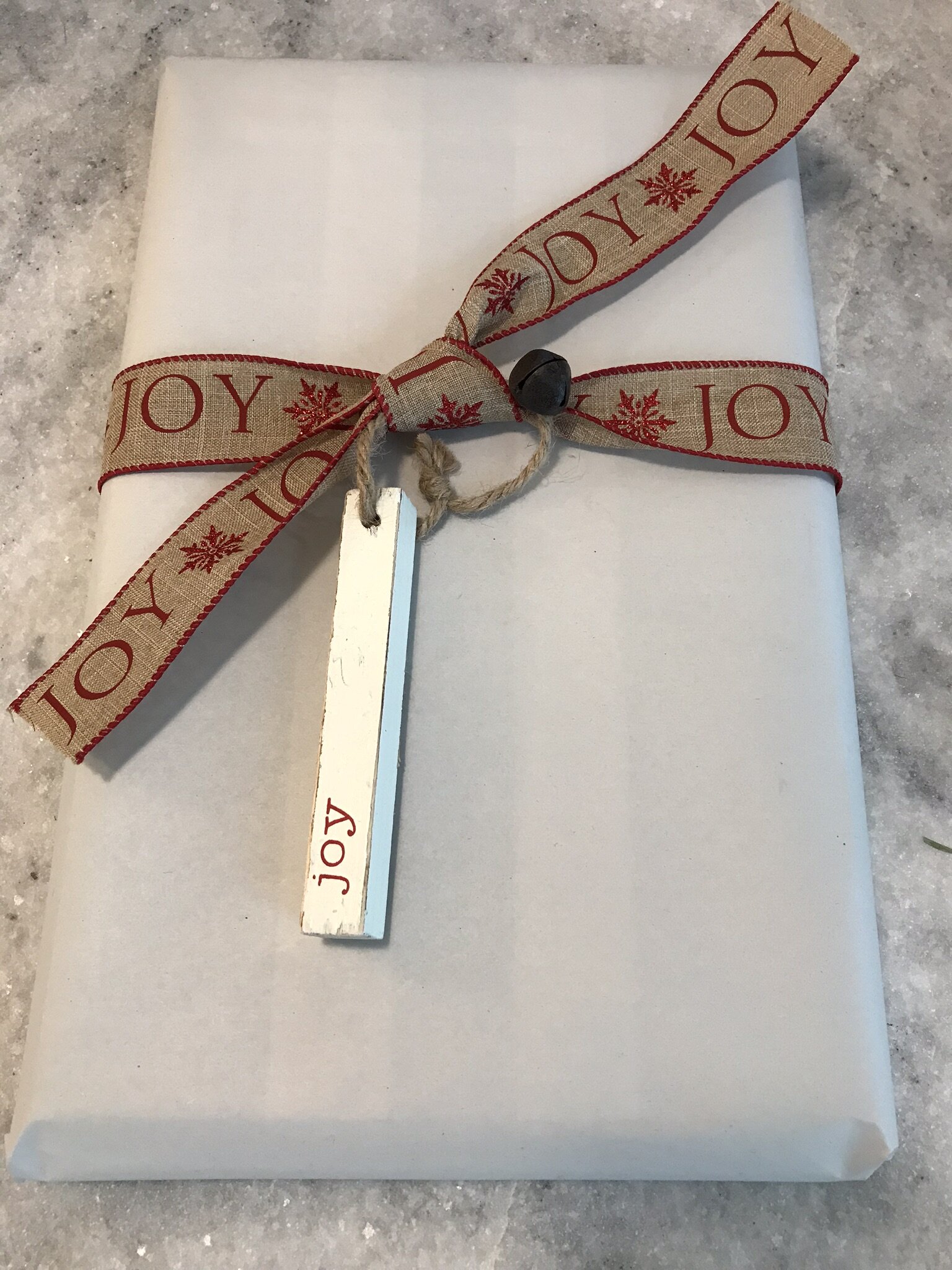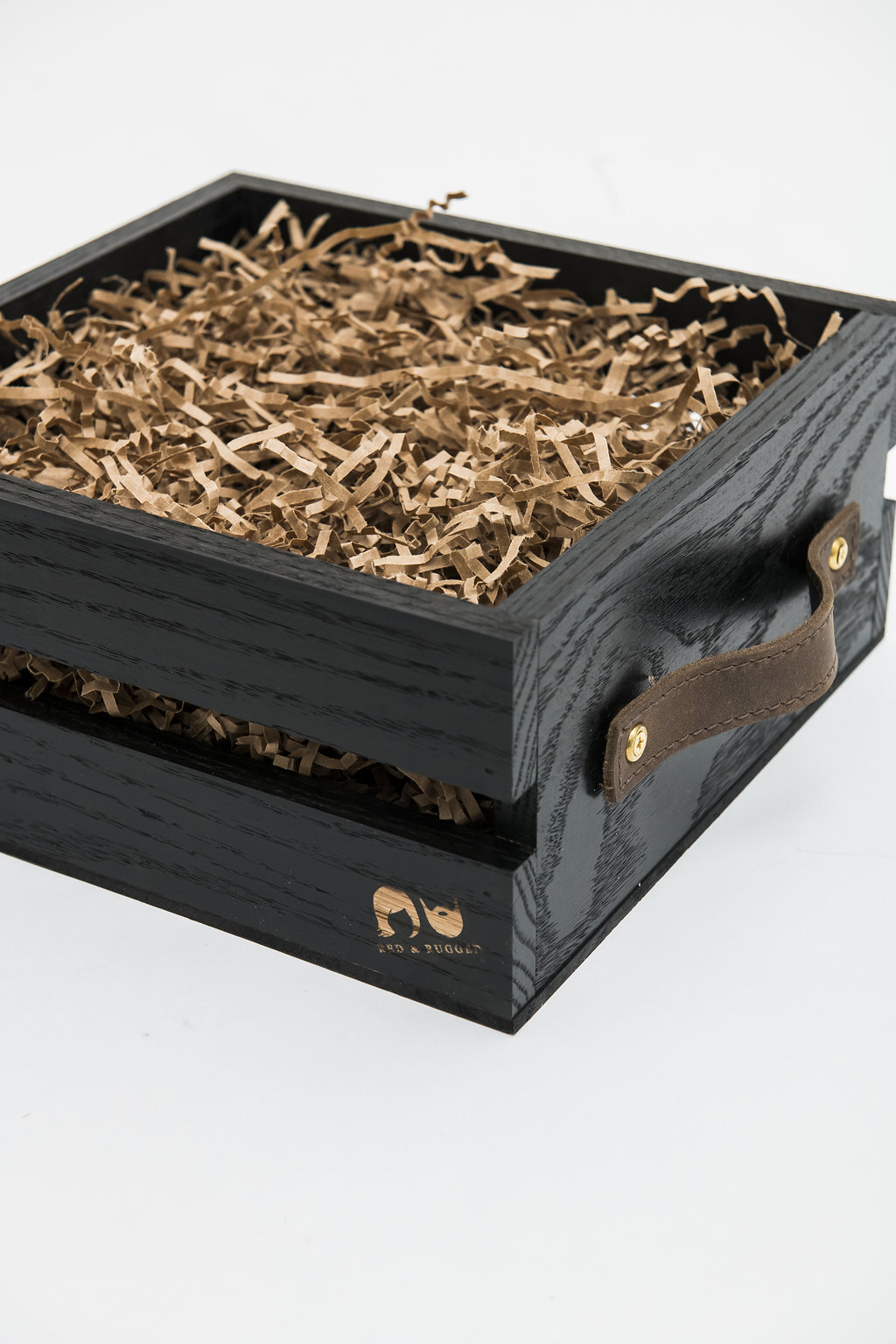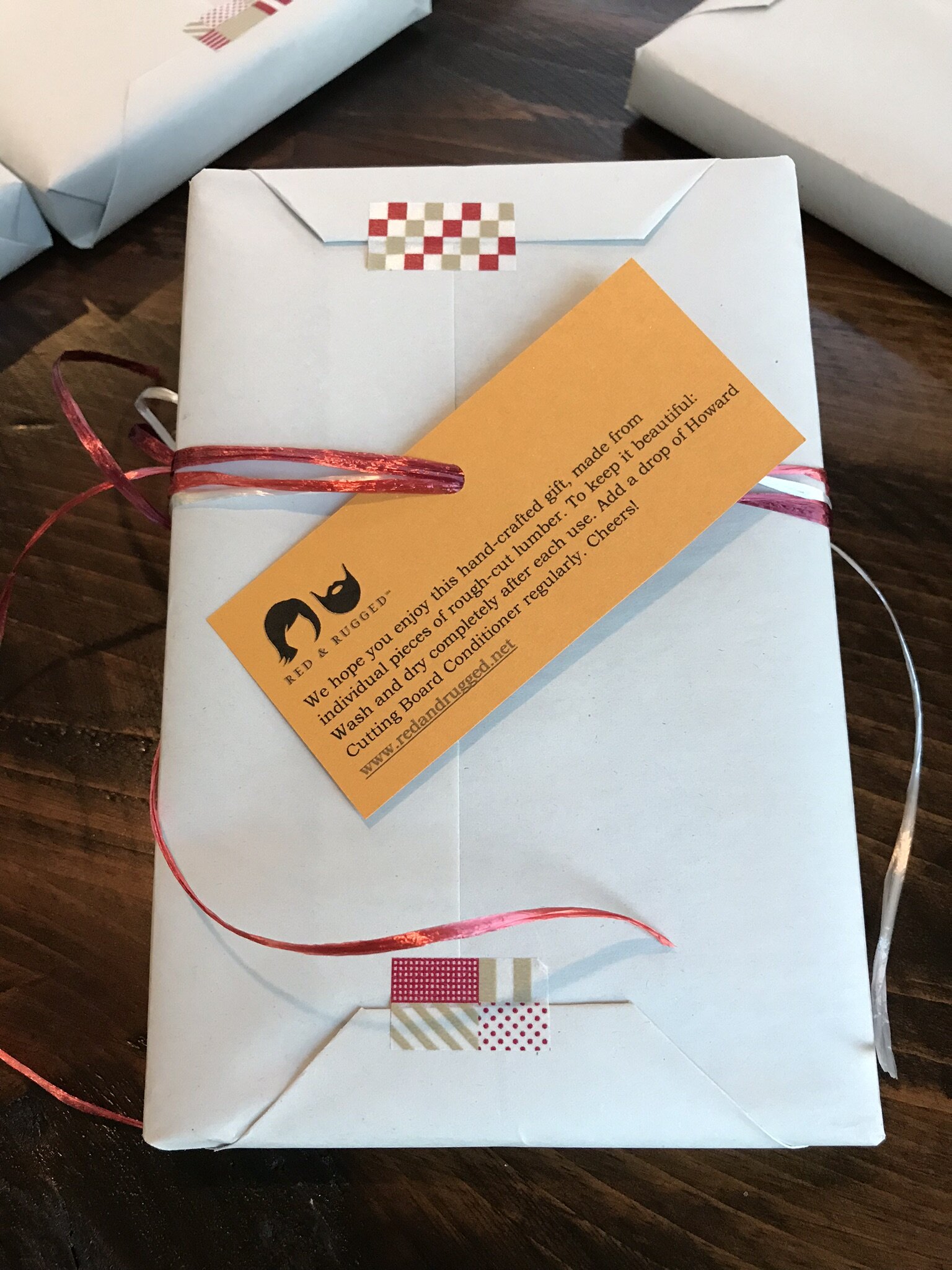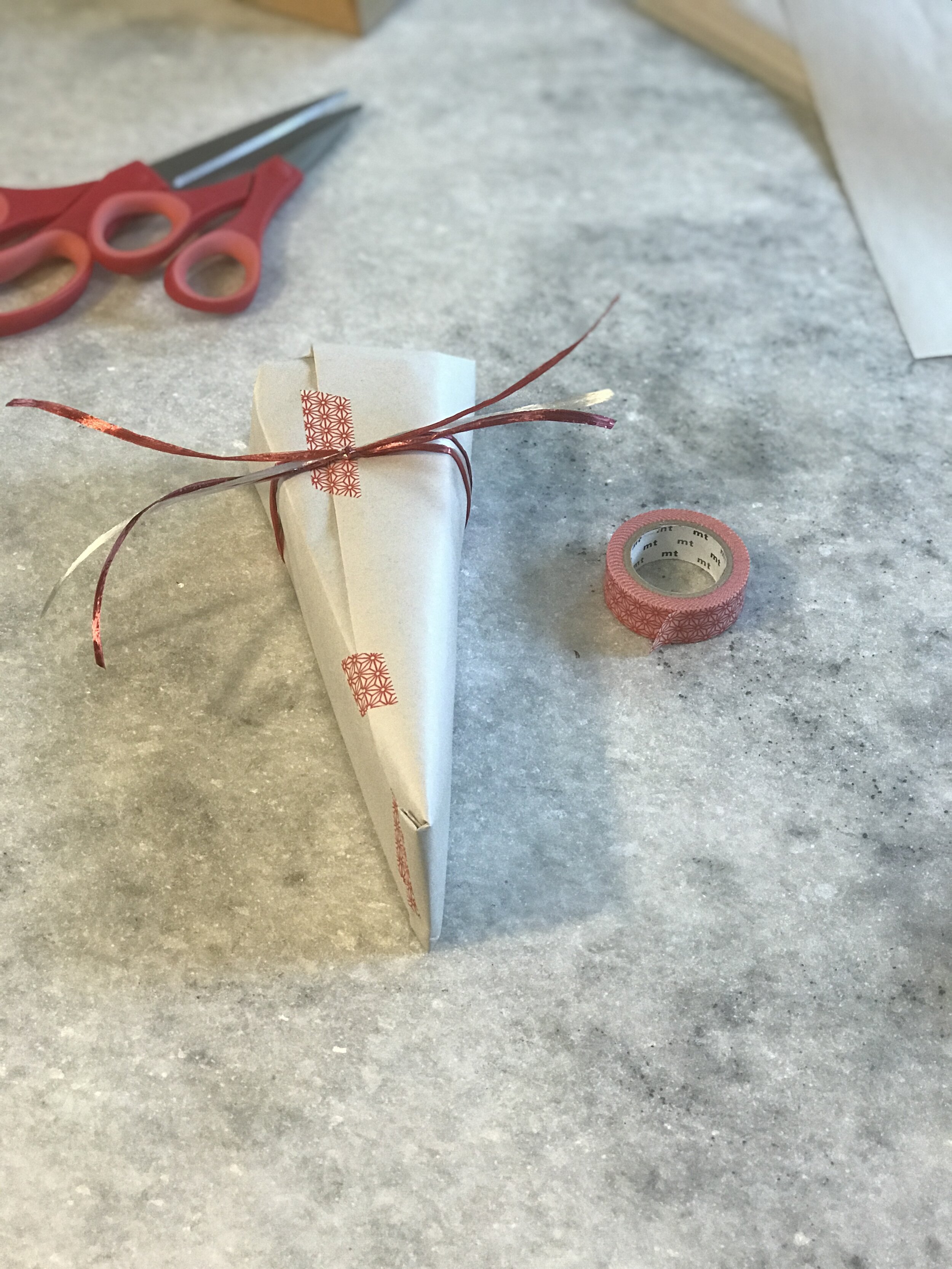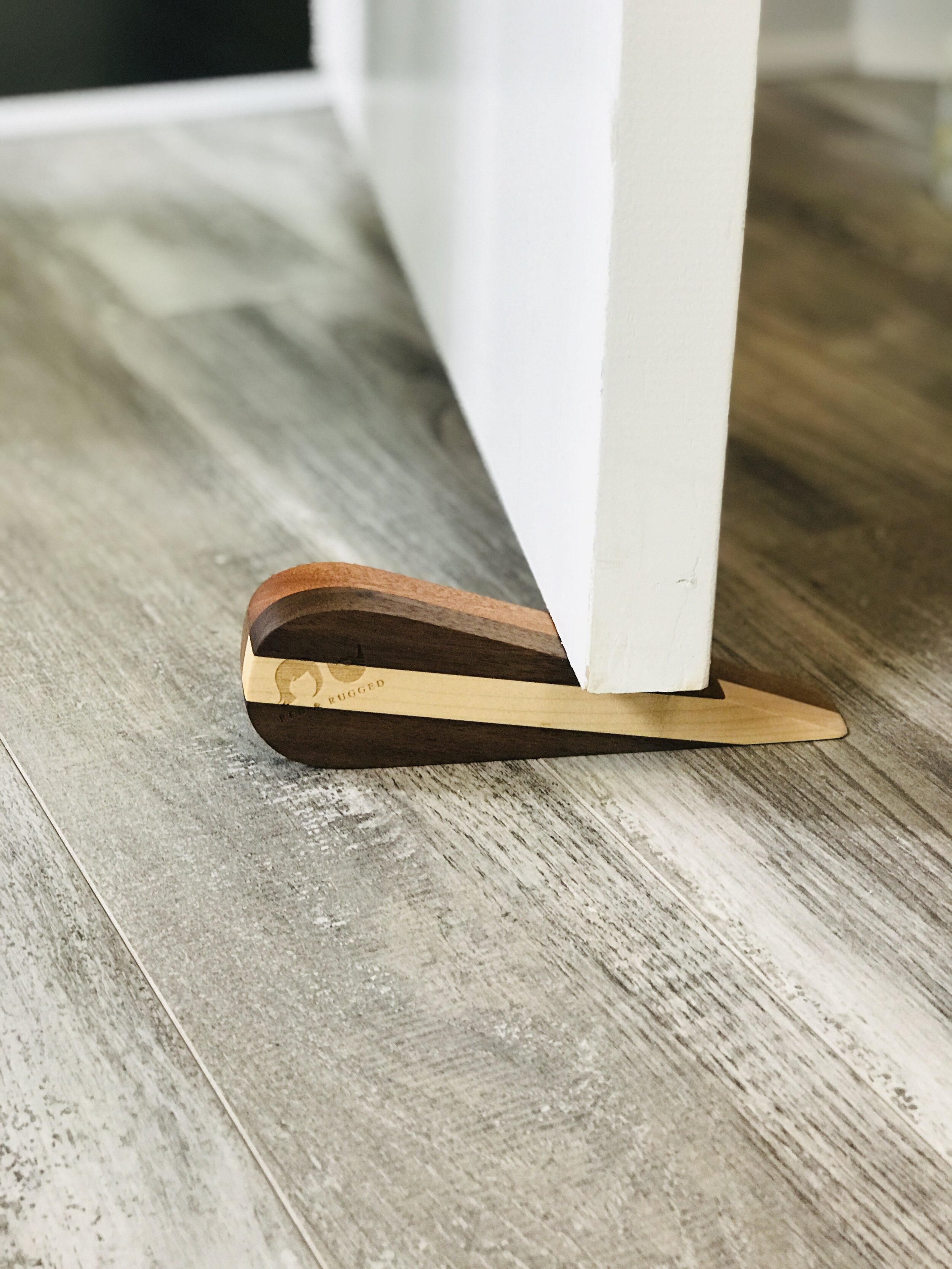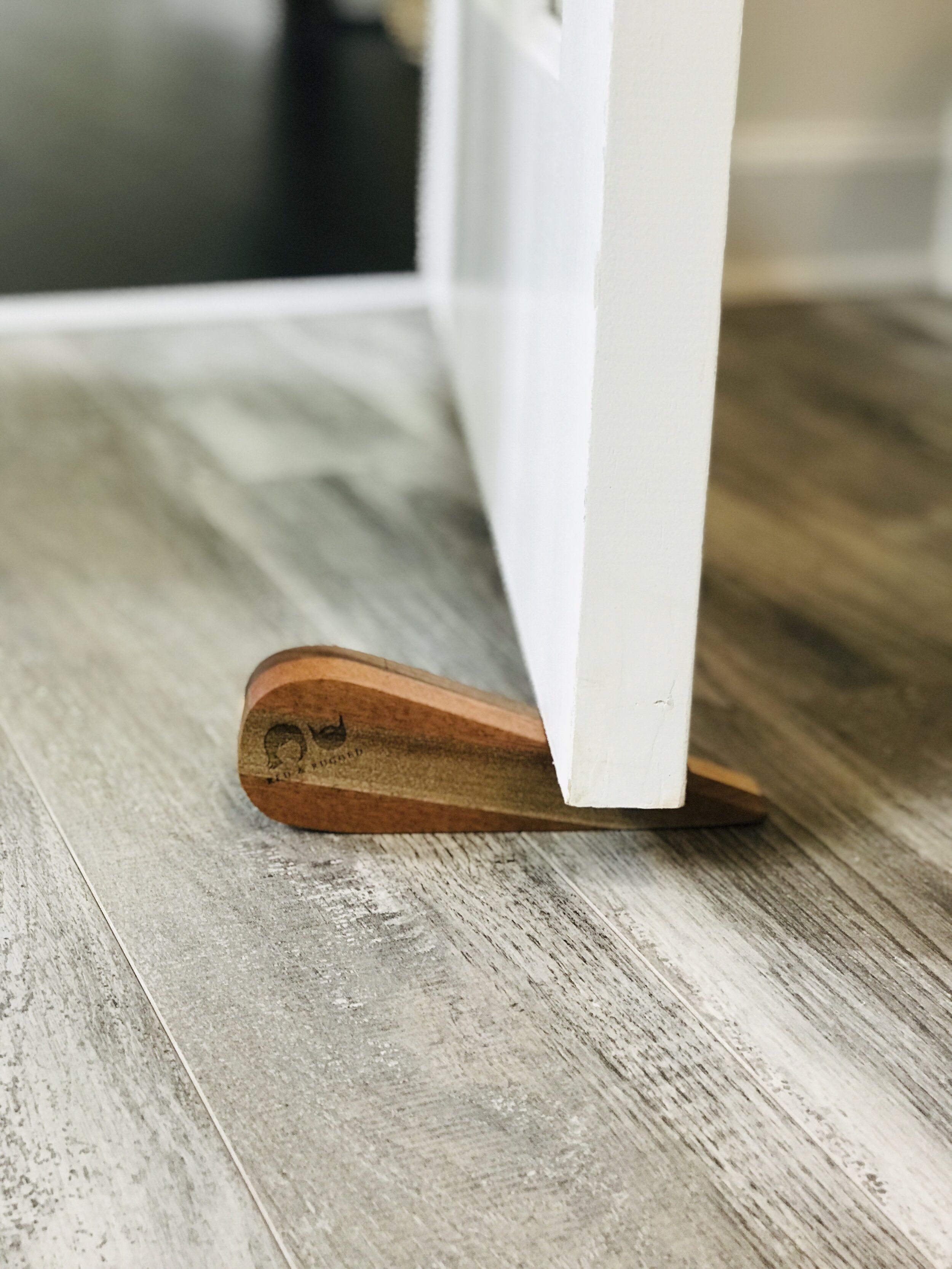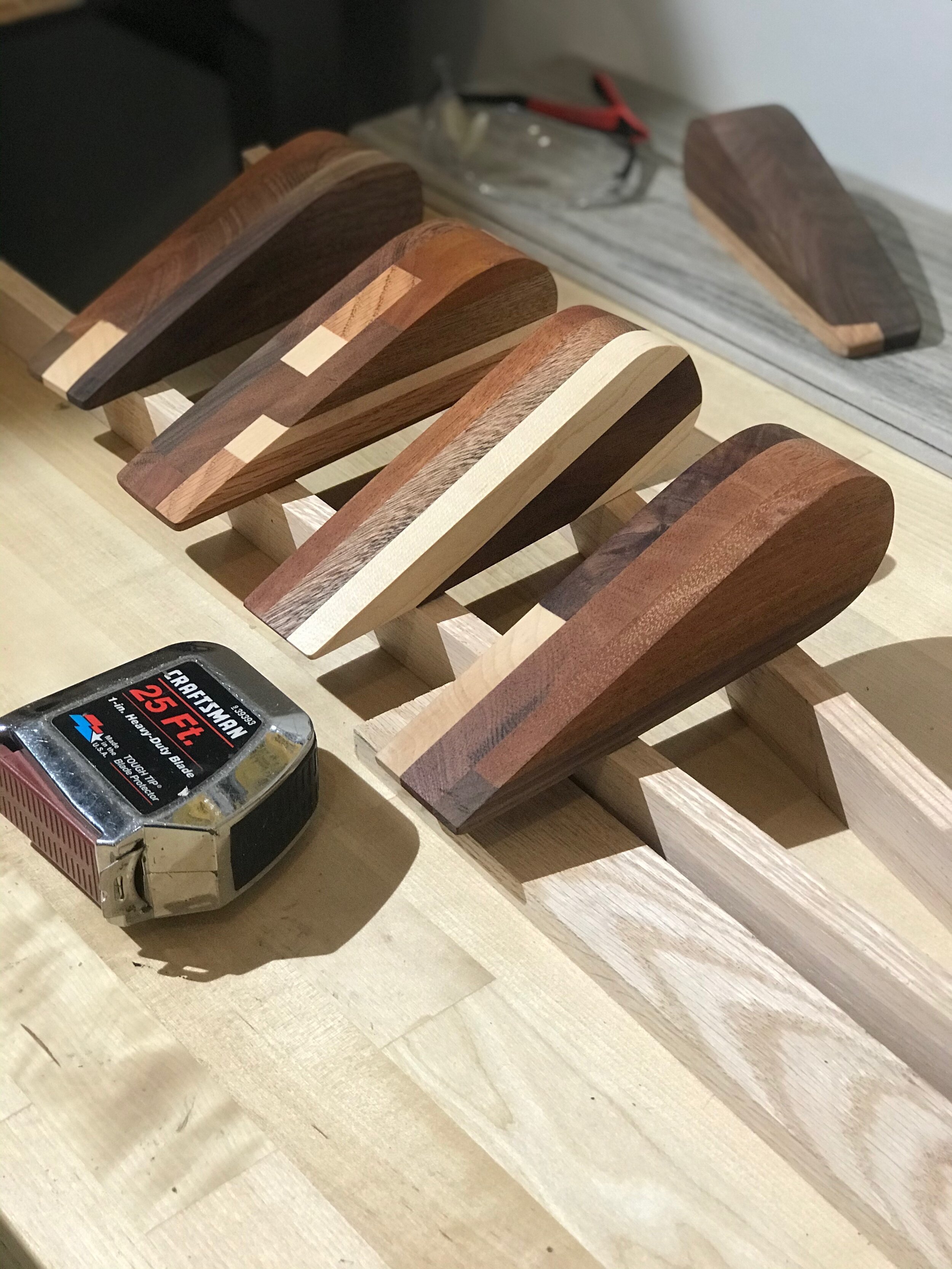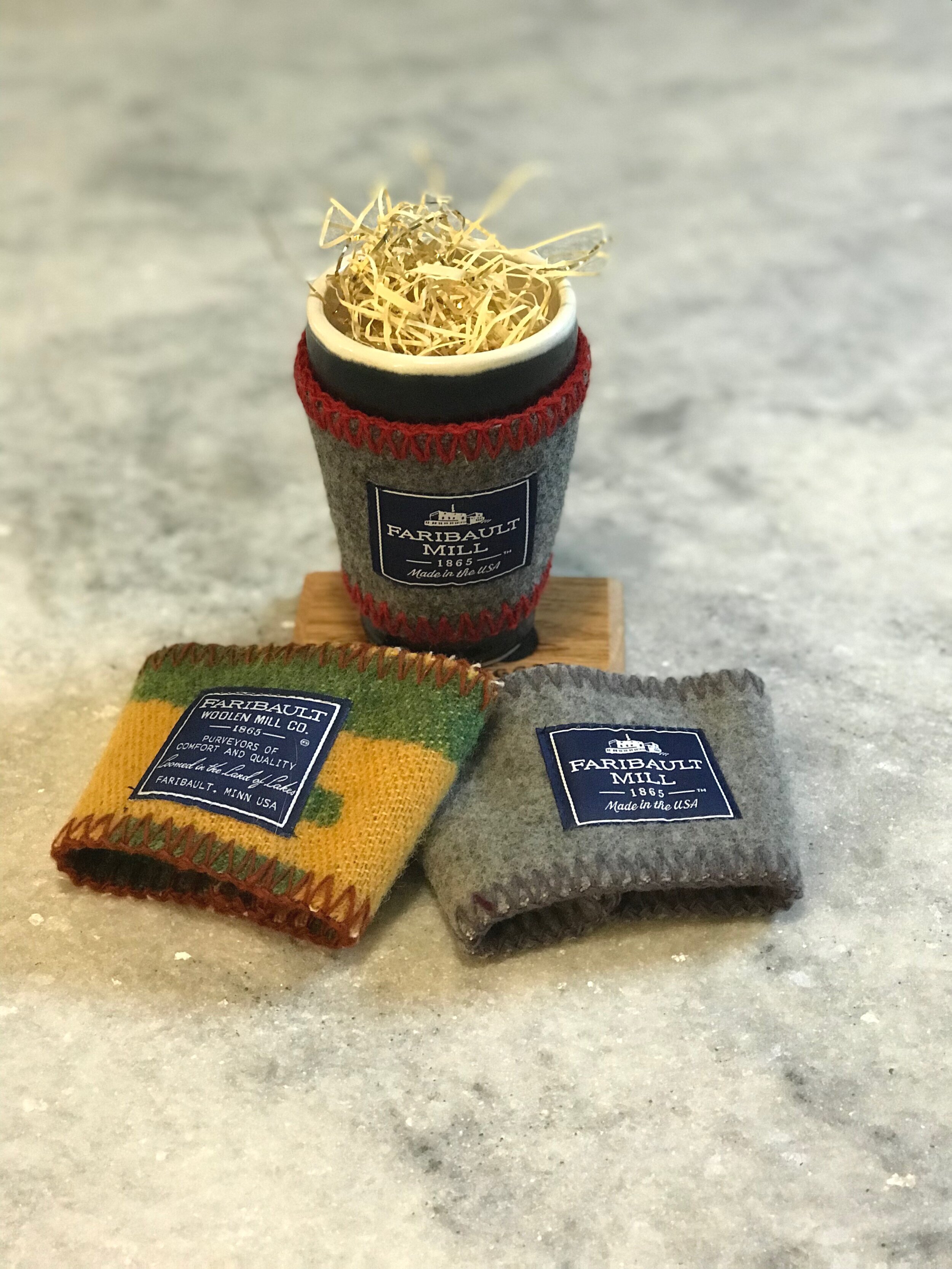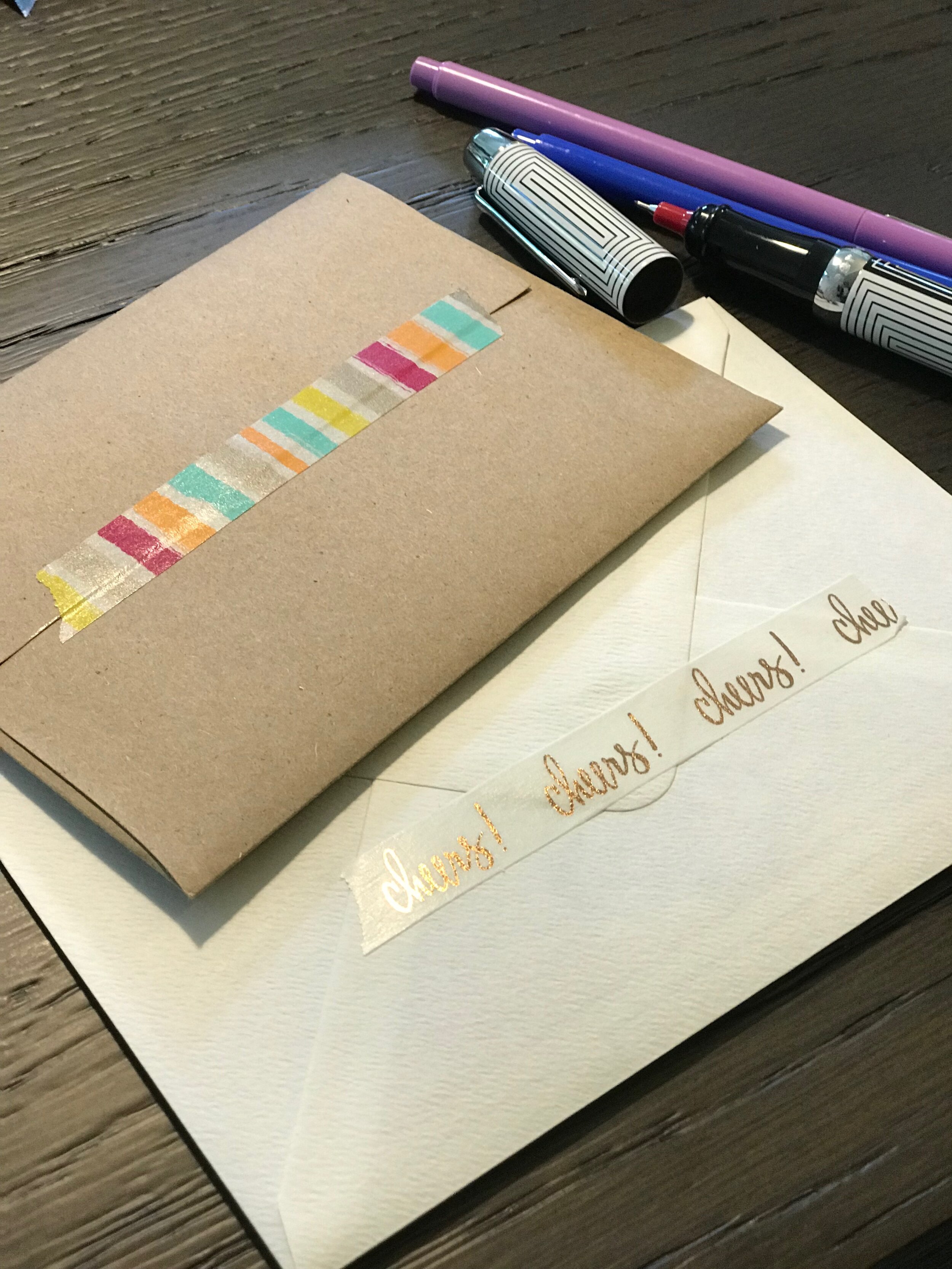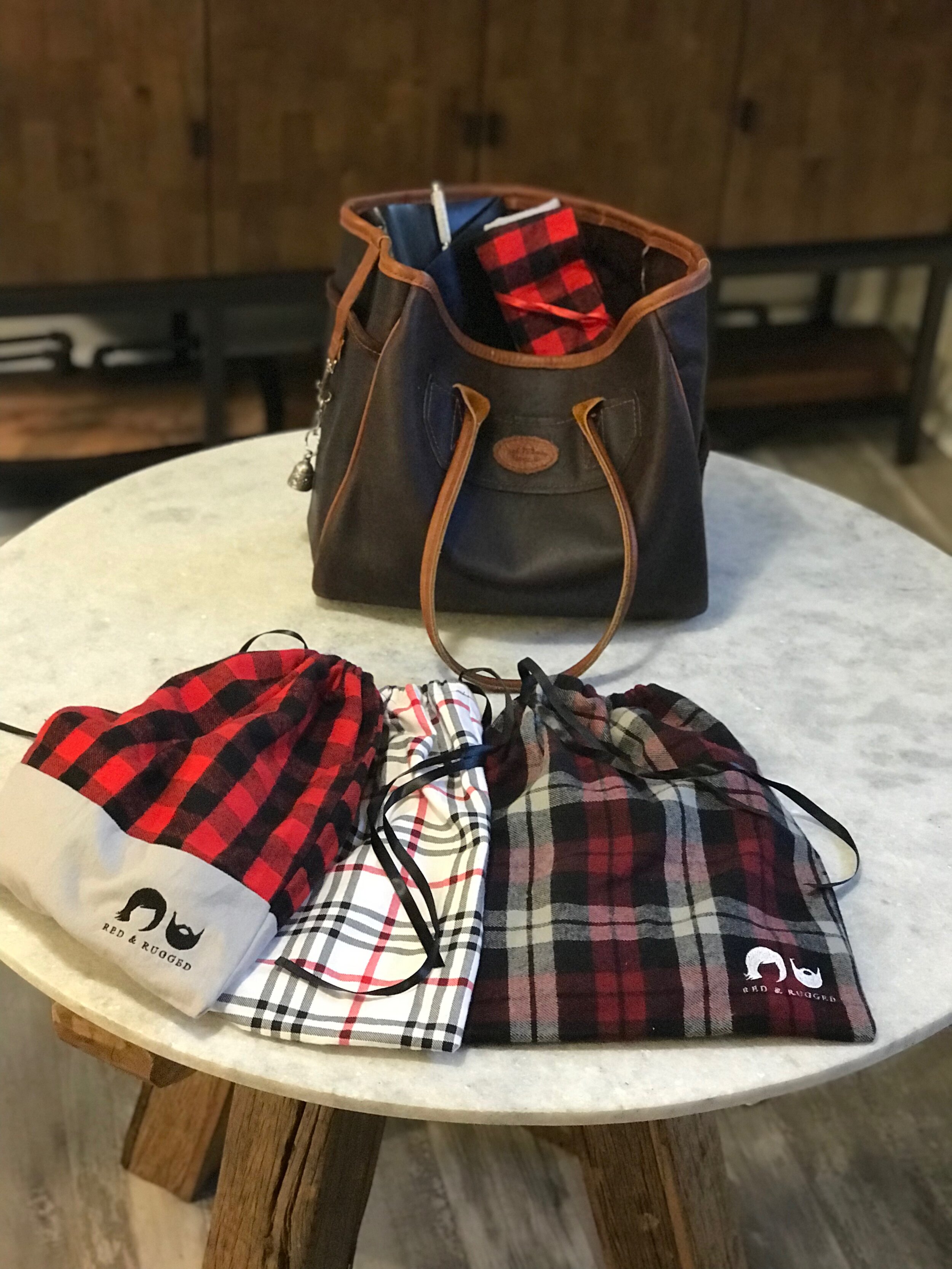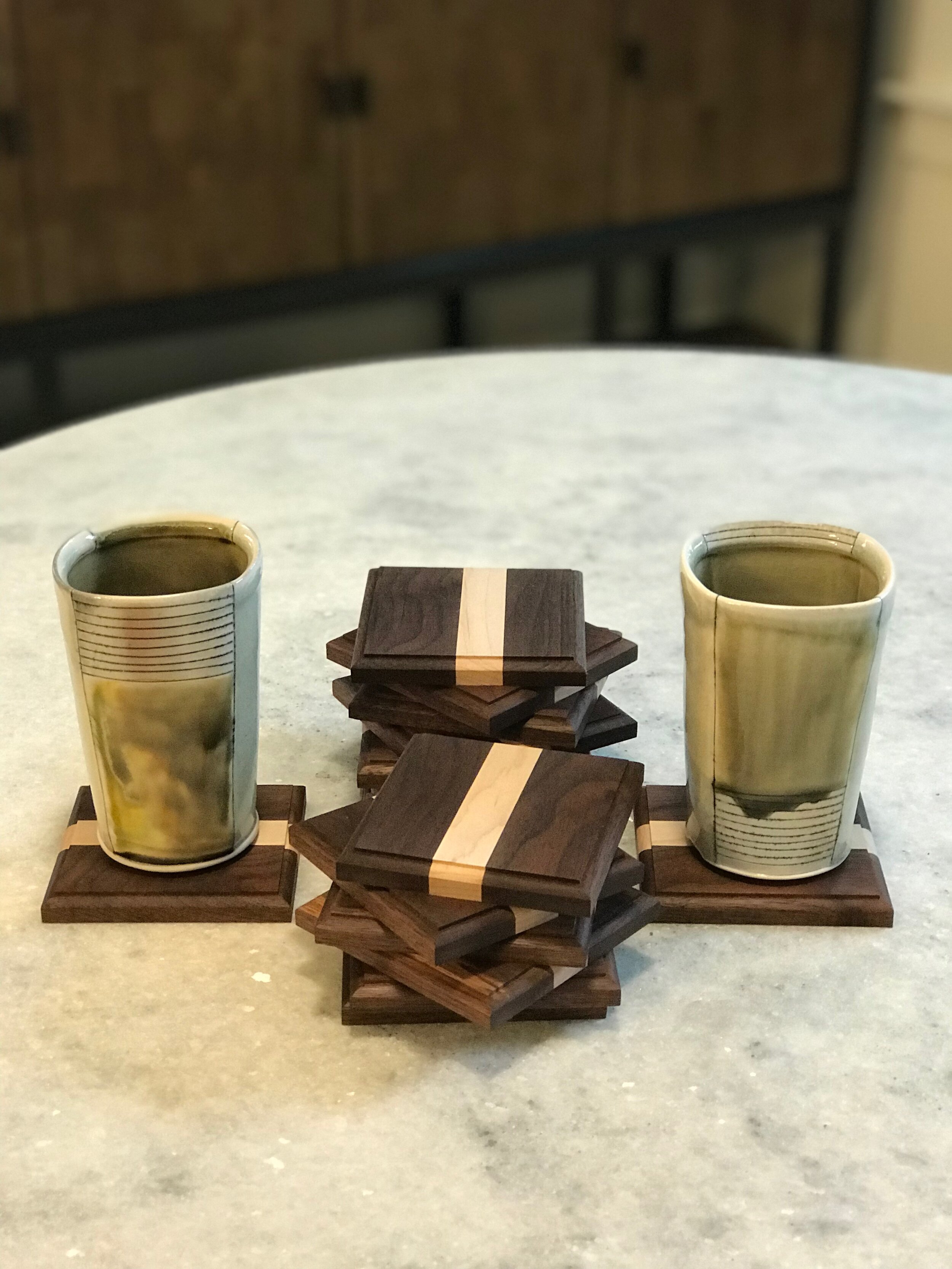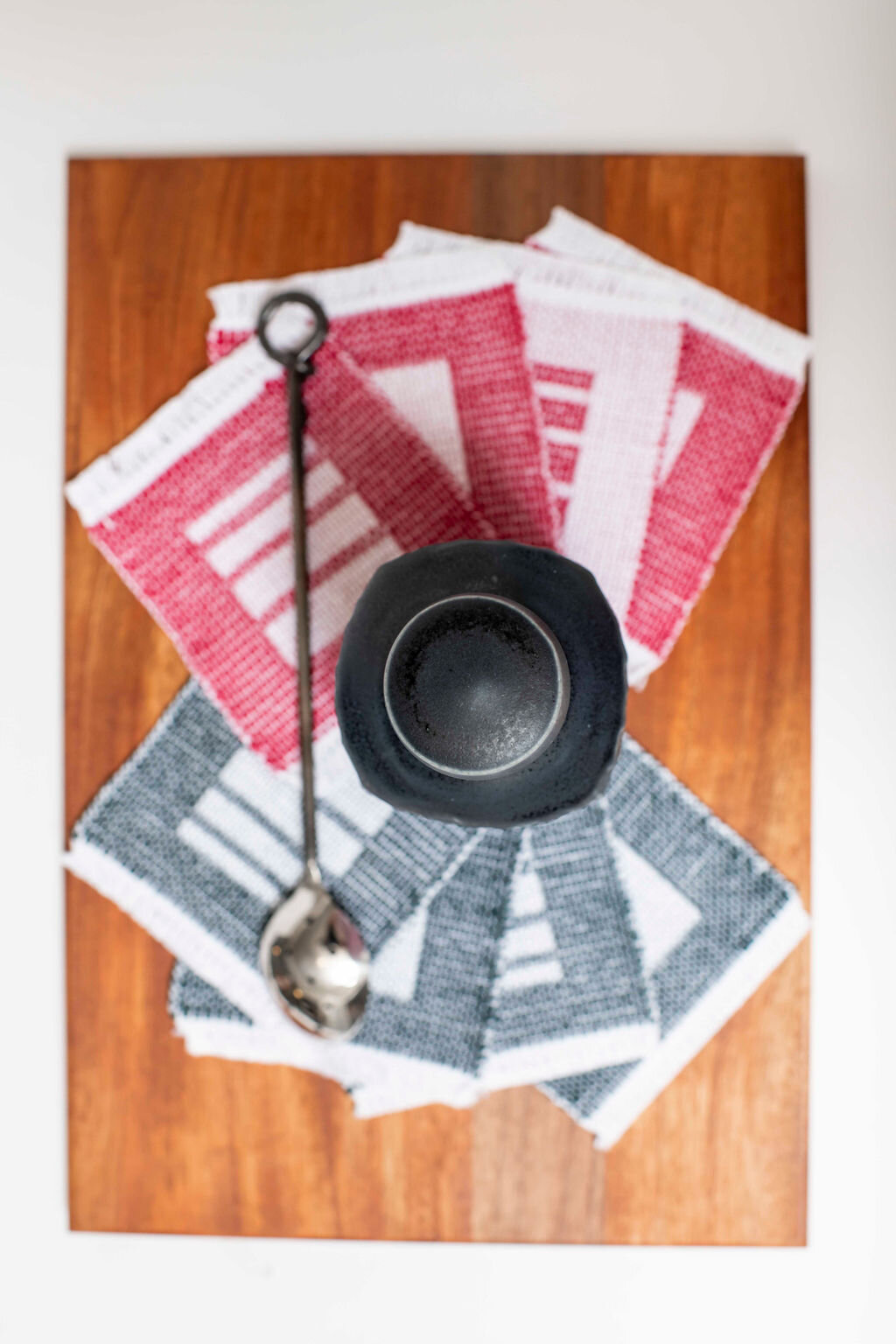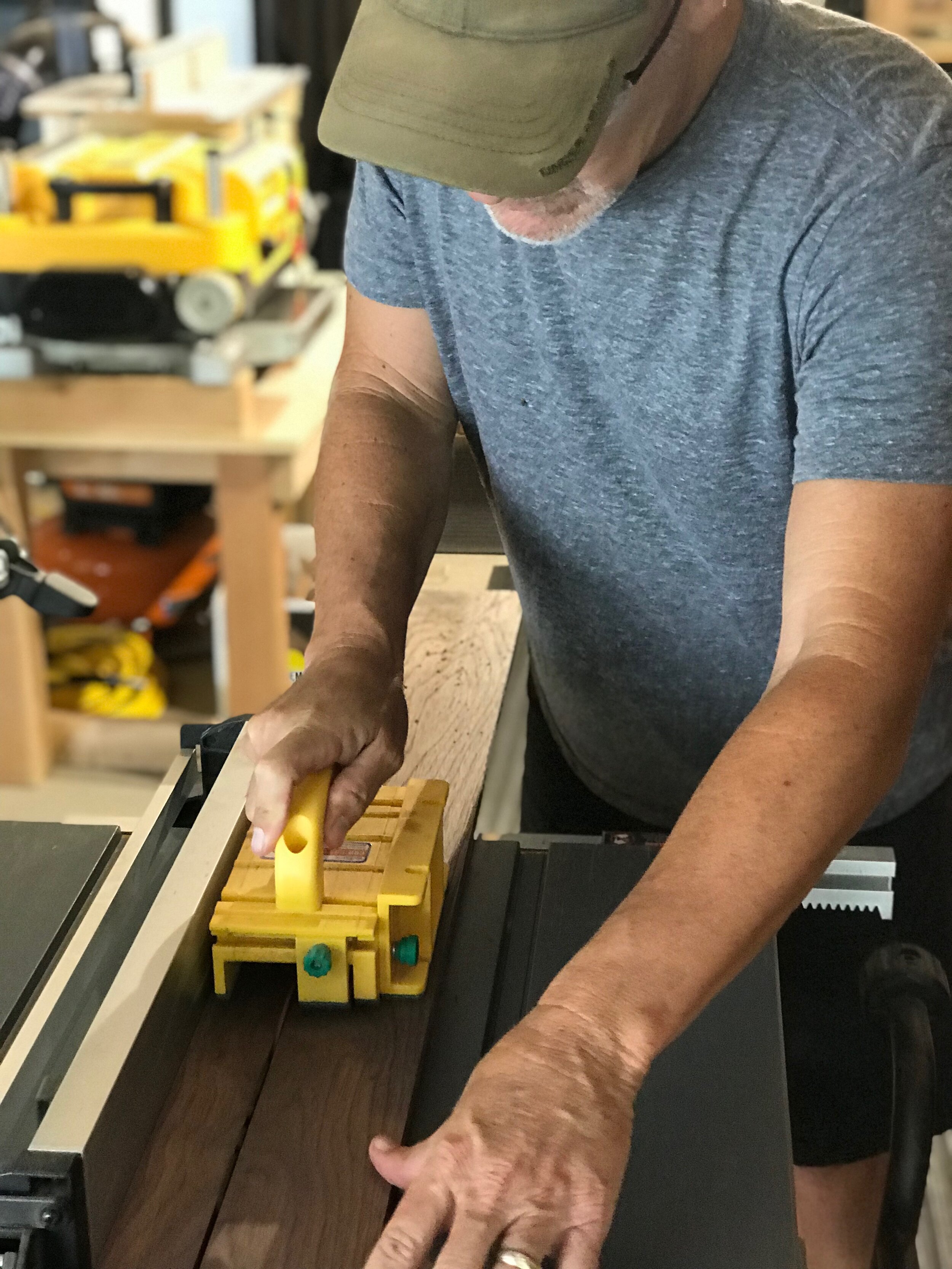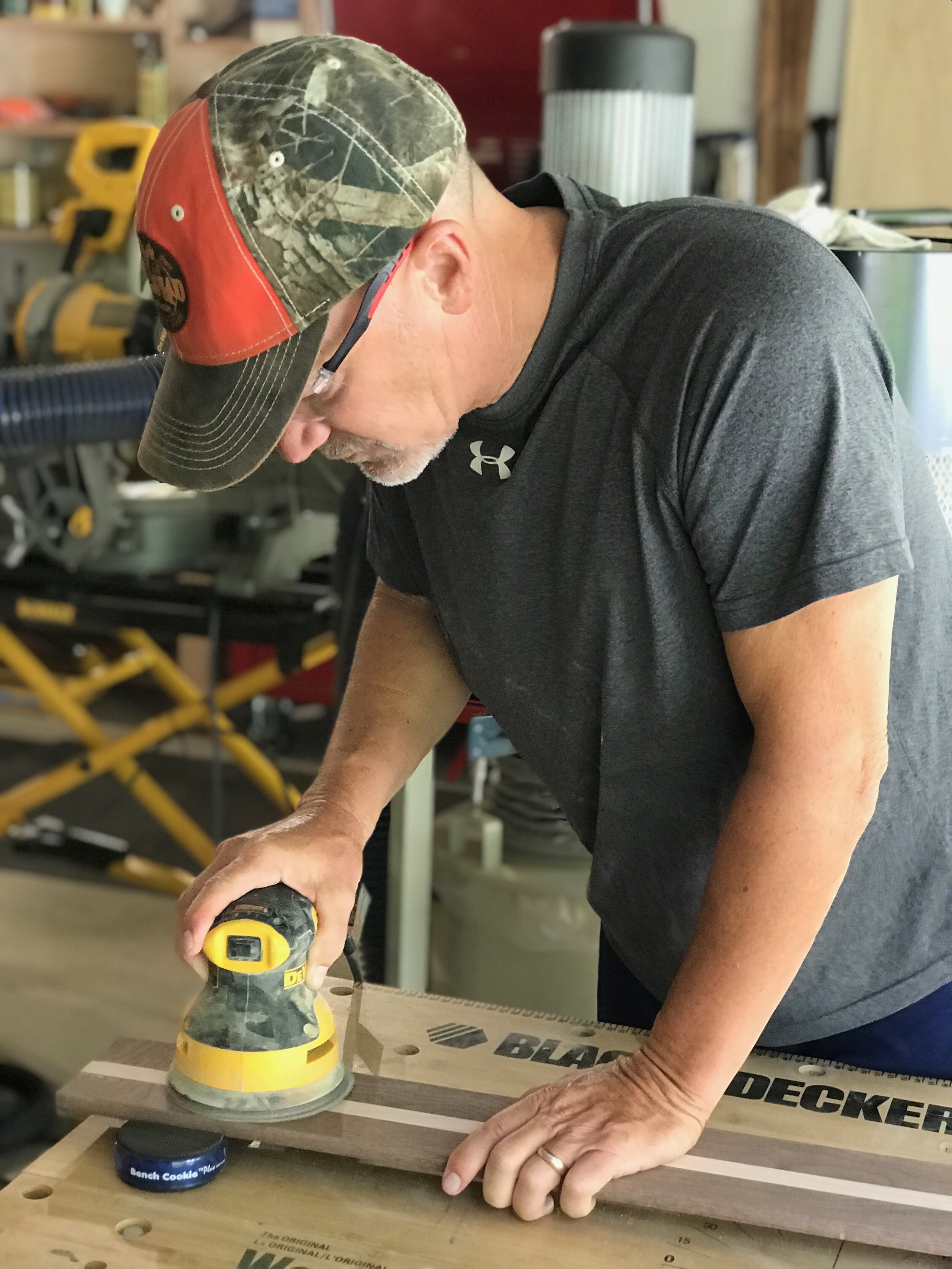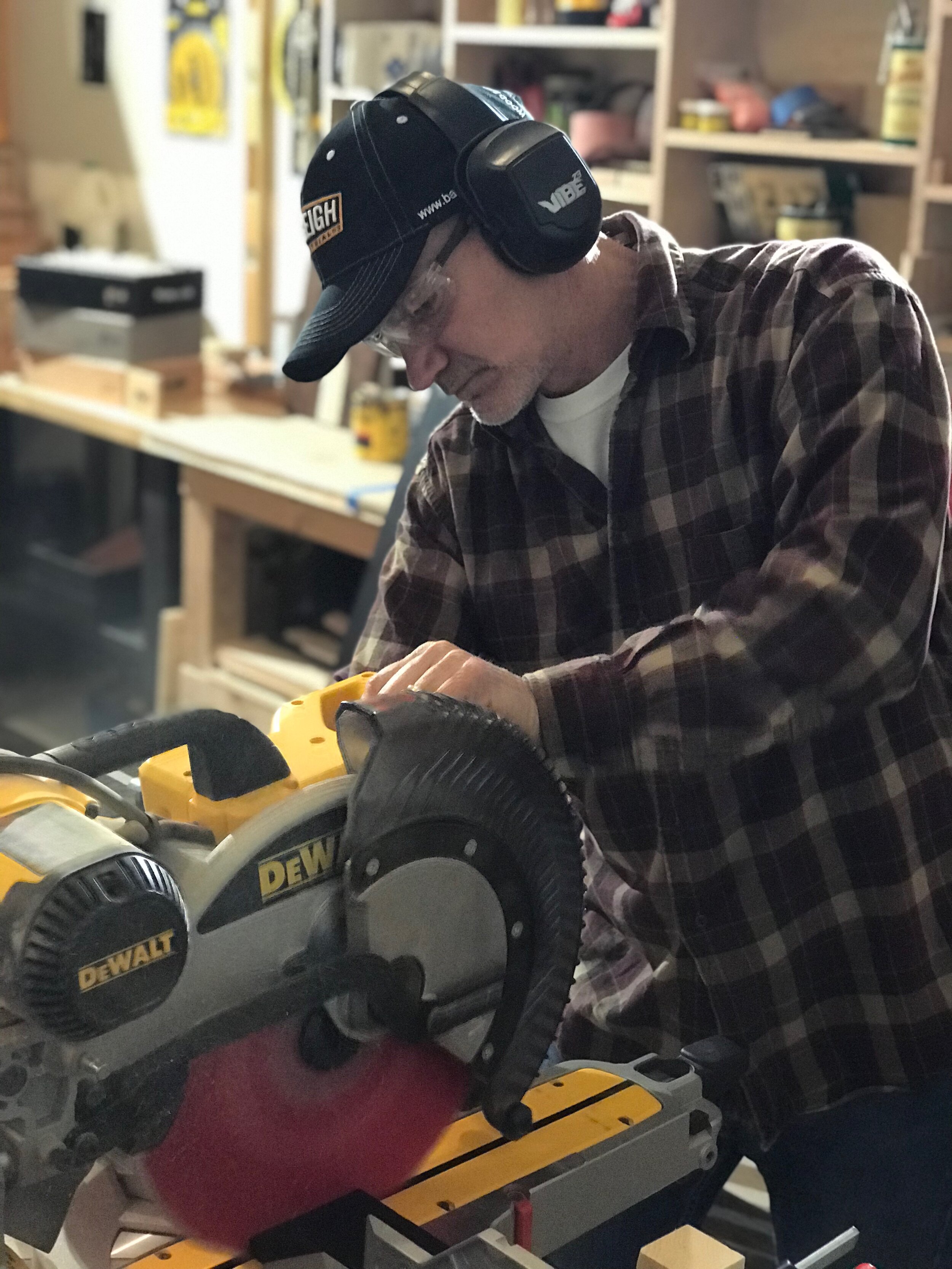What you read from your favorite brands may look easy to do and all pulled together, but don’t be fooled, it’s their effort behind-the-scenes that creates this impression. Delivering a quality newsletter might sound like a straightforward action item, but a well-executed one goes beyond what you see on the face of it.
When you break down the pieces of a newsletter, there’s a long list of tasks that create those beautiful images and interesting articles. Good content threads its way through a communication and brand strategy, and loops back to a website that connects with photographs and visuals to support the message. The message itself should be something of value to the readers, or what’s the point? And ultimately, this leads to a purchase. Or, that’s the goal. This is why you can probably count on one hand the newsletters you love and appreciate.
If you’re thinking of creating a newsletter, or need a refresher, here are important items to consider. This is based on our experience as small business owners who value content and post website updates weekly. Our newsletter has been emailed bi-weekly, consistently, for three years, so we’ve learned many lessons the old-fashioned way. Some weeks it all flows beautifully, and other weeks it’s a painful process.
Each of these topics could be its own deep dive, however, consider this an overview to get you thinking:
It’s not as simple as writing words on a page. Valuable content means the information needs to be relevant, to both the reader and your business. This leads to a whole conversation around your audience, and the skills and/or products that you’ve determined define your business. Asking what separates you from the pack, and who will care, is a good place to start.
Identify how much newsletter content links back to your website. You can include great articles and content that only exist on the face of the newsletter; however, the goal should be to direct people back to your website for more. Once there, the site visitor can read, browse, and enjoy additional ideas, photos and information so they’ll visit again. At least, that’s the plan. If there’s no reason to click back to the website, and that’s where your ‘shop’ is located, it’s a problem. Plus, from a data analytics standpoint, there’s no way to track which articles are of interest to your readers if you don’t provide a link.
If your newsletter does link to your website, that means you’ve created sections where consistent, new content is posted, right? The keyword here being “consistent.” As a small team, we don’t change our content daily, however, we do change pages throughout the weeks and month. Our Workshop, Artists, and Blog pages all change regularly, and they change on different days/weeks to keep the content evolving and the search engines engaged. For example, we added the Workshop page when people began to inquire about our custom craftsmanship. Before we launched that section, we had to consider how updating it would impact our workload, and how much value it would add overall. Could we keep up with regular content updates, beyond just a week or two? That’s what you need to ask yourself.
Valuable content means visuals. Sounds easy, but before you upload new text, consider how you’ll execute on photographs or some kind of visual to support the message. What do people need to see? Where will you save those photos (Google Drive, Dropbox, back-up drive, to mention a few)? How many different shots do you need for the website and for social/mobile photos? Each platform likes a different kind of photo too. Photos require a significant time investment, not just in taking them, but in editing and posting across the platforms. We keep ours on the cloud, mobile, and desktop, so all of those platforms have the same photos and folders. A big lesson we’ve learned is that you’ll waste a lot of time if you start uploading before you do final photo edits and selections. And then you lose track of which photos are stored where. Also, what looks good on a small mobile screen might not look so hot on a desktop screen.
While the visual element is key, photos don’t increase your SEO (Search Engine Optimization) results or what the search engine looks for to drive traffic your way. This means you need to know what your keywords are to use in your text, which is another subject altogether. (Check out Ubersuggest, a free service, to find keywords for your website.)
Can you see how a newsletter expands to become a more in-depth process?
Think through what you want to accomplish.
Who will be responsible for each content area?
Be real about how often you can manage new content.
What do your customers want from you?
What’s the content that matches those expectations?
How does your website support that content?
Which photos will best tell the story?
Are those photos aligned with what people see when they shop for your product or service?
Some of our most frustrating, long, days are when we get caught behind the ball, writing content that requires us to backtrack and create and post new photos. Lack of preparation and planning is a giant time suck.
Step back and look at your content calendar, for a month, a quarter, or more if possible. It makes life easier for you, and the content flows better for readers because the whole picture is laid out more thoughtfully. Here’s a podcast by Amy Porterfield to boost your content calendar efforts. And another one by Jenna Kutcher on repurposing content to make your life a bit easier. These are both good podcasts when you need a refresher.
Yep, there’s a lot to consider if you want to distribute a newsletter of value. Done right, it’s a powerful communication tool. What’s laid out here are some of the things we work toward. Do we always hit the target, no, but this is what we aim to accomplish and that goal keeps us growing. You can subscribe to our newsletter at the bottom of this blog page, we’d love to hear your feedback!


